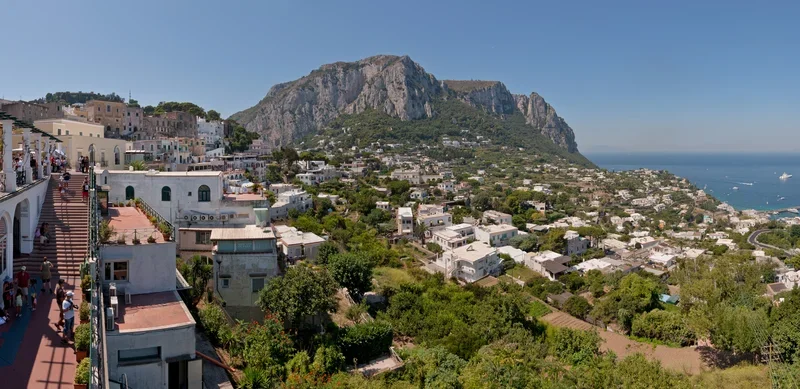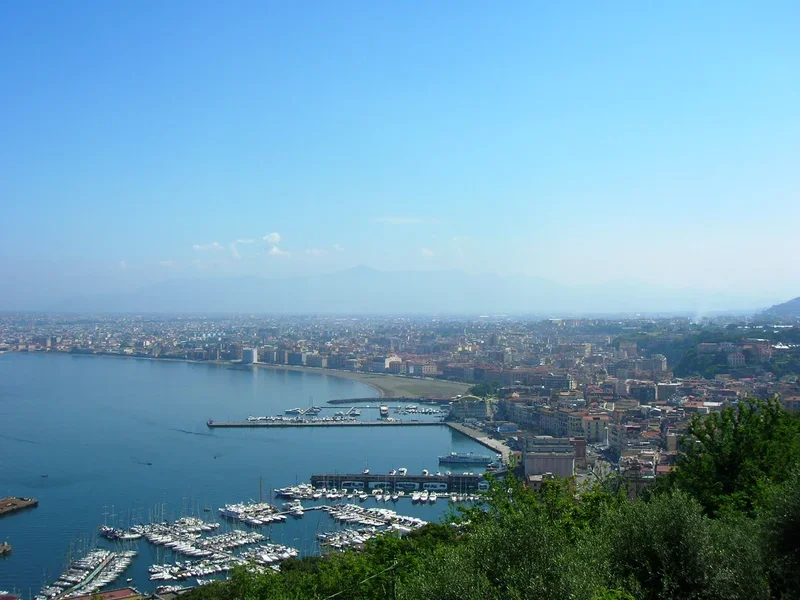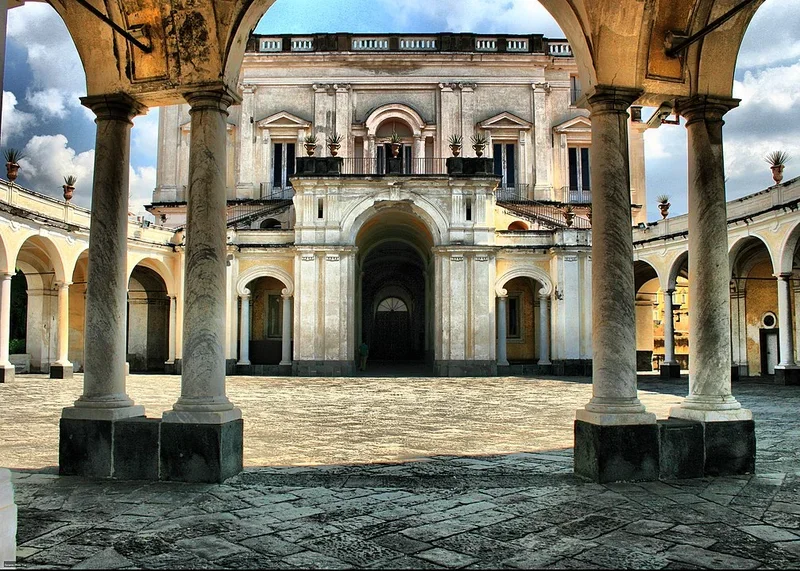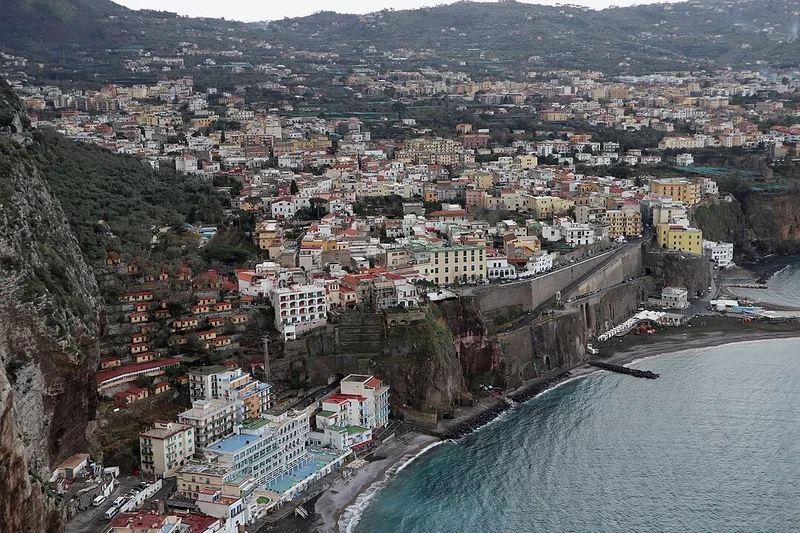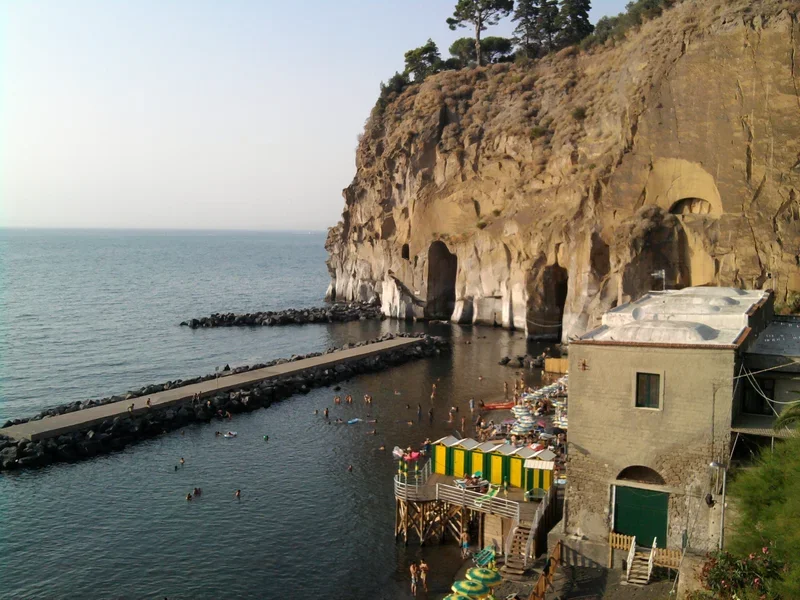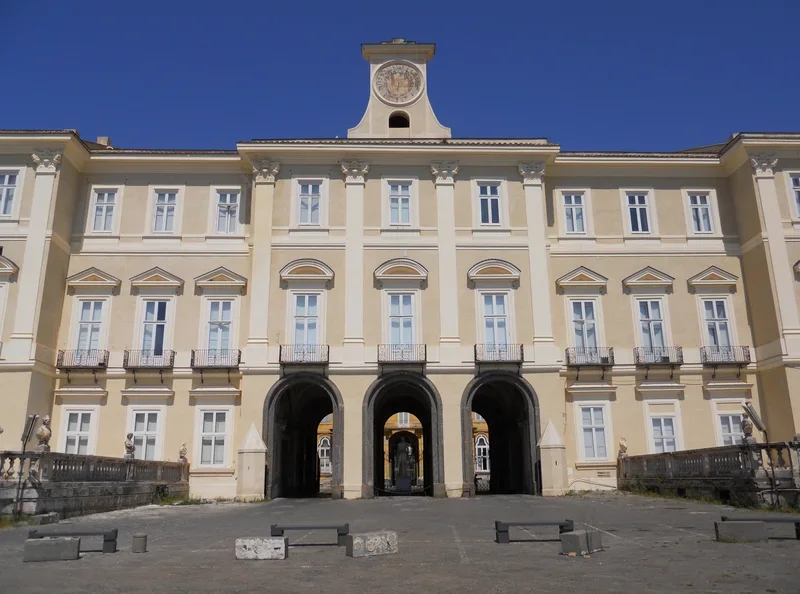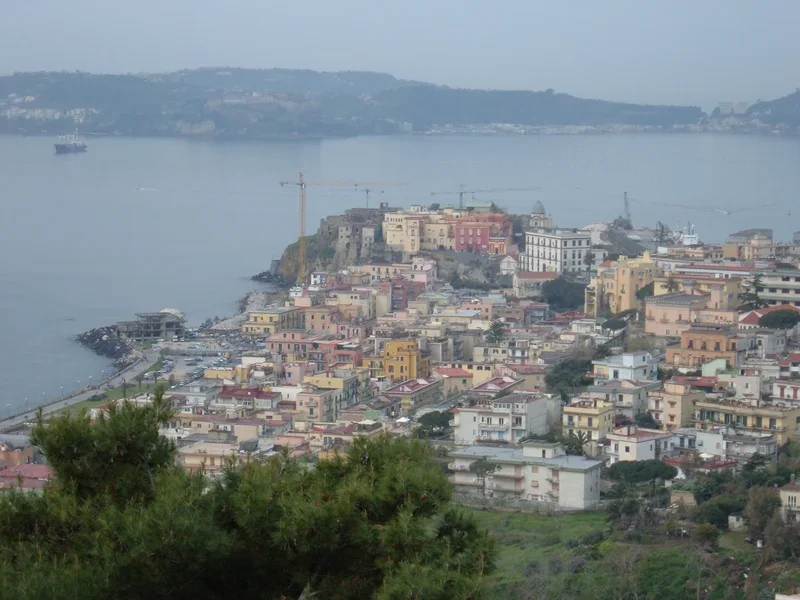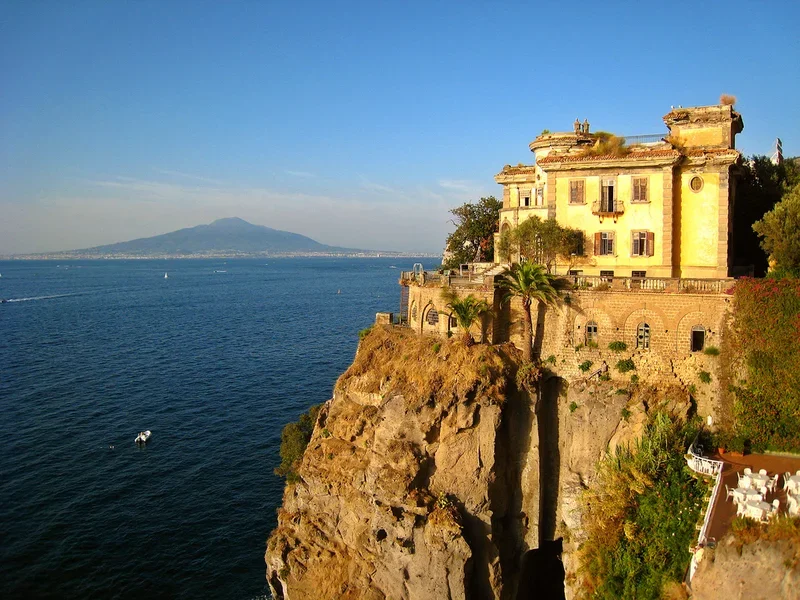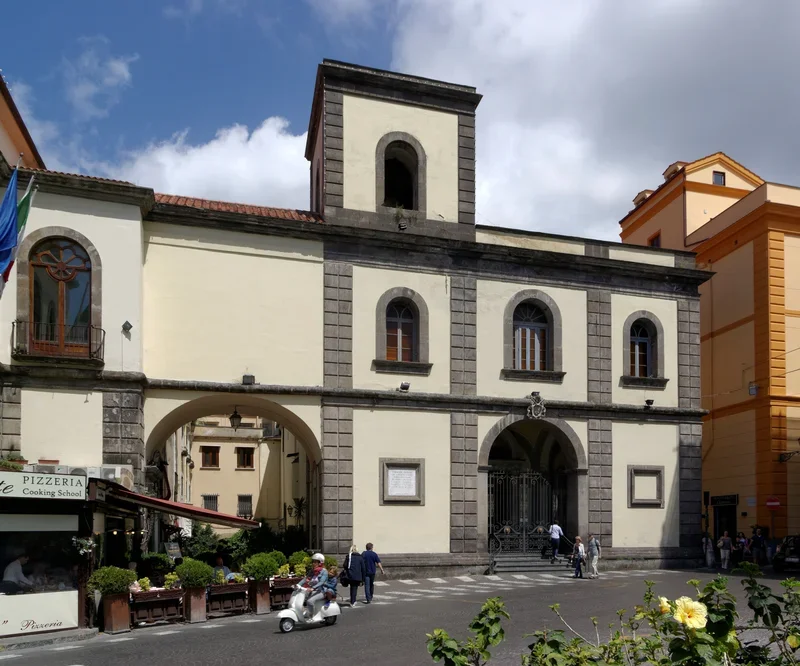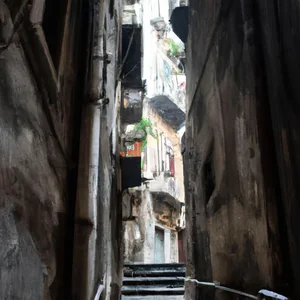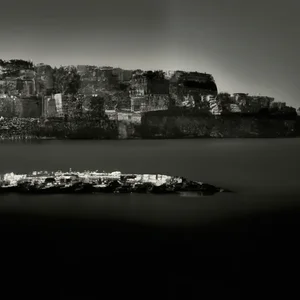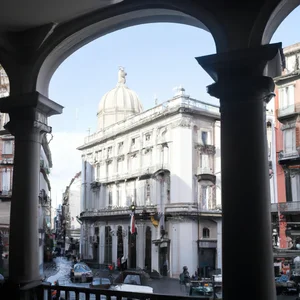Book your experience
Discover the wonders of the Sansevero Chapel and the Veiled Christ in Naples
In the beating heart of Naples, the Sansevero Chapel stands as an authentic treasure chest of art, history and mystery. This sacred place, steeped in legends and symbolism, is not only an unmissable stop for those visiting the Neapolitan city, but also a journey through time that reveals the wonders of human ingenuity. The Chapel, built in the 18th century, is an extraordinary example of how art and spirituality can merge into a single work, creating an atmosphere that captures the soul of anyone who approaches it.
One of the undisputed protagonists of this fascinating story is Prince Raimondo di Sangro, an enigmatic and brilliant character who left an indelible mark on Neapolitan culture. His artistic vision has given life to unique masterpieces, such as the famous Veiled Christ, a sculpture that embodies the mastery and sensitivity of an era. This masterpiece, wrapped in an almost transparent marble veil, has inspired numerous legends, fueling the fascination that surrounds the Chapel.
But the Sansevero Chapel is not just the Veiled Christ; it contains a series of extraordinary works of art and curiosities, such as the Anatomical Machines, which offer an unprecedented look at the science and art of the time. Every corner of the Chapel is imbued with symbolism and alchemy, reflecting the beliefs and aspirations of its founder.
In this article, we will explore ten key points that reveal the wonders of the Sansevero Chapel and the history that surrounds it. From its fascinating architecture to practical information for visitors, prepare to discover a place that is much more than just a chapel: it is an experience that enriches the heart and mind.
History of the Sansevero Chapel
The Sansevero Chapel, located in the historic center of Naples, is a jewel of 18th century baroque art. Commissioned by Prince Raimondo di Sangro, the chapel was built between 1590 and 1600 on an ancient church dedicated to Santa Maria della Pietà. The chapel became the burial place of the Sansevero family and houses numerous works of art of inestimable value.
One of the most fascinating features of the Sansevero Chapel is the ceiling, decorated with frescoes representing scenes from the Passion of Christ. The frescoes are the work of Francesco Maria Russo, an important Neapolitan painter of the Baroque period.
The chapel was opened to the public in 1888 and since then has attracted visitors from all over the world, fascinated by the beauty and artistic richness of the place.
The architecture of the Sansevero Chapel
Description
The Sansevero Chapel, located in the heart of Naples, is a masterpiece of Baroque architecture. Built in the 18th century by Francesco Maria Sansevero, Duke of Sansevero, the chapel stands out for its elegance and decorative richness. The building has a sober and austere facade, in contrast with the explosion of beauty and magnificence found inside.
Architectural elements
The chapel is characterized by an octagonal plan, which symbolizes the union between heaven and earth. The interiors are decorated with gilded stucco, frescoes and marble statues, which create an atmosphere of sacredness and mystery. The dome, decorated with frescoes depicting biblical scenes, rises majestically above the main altar, creating an effect of grandeur and magnificence.
One of the most evocative elements of the chapel's architecture is the inlaid marble floor, which represents symbols and allegories linked to the Christian faith. Every architectural detail has been studied with care and precision, creating a one-of-a-kind work of art.
The Sansevero Chapel is an extraordinary example of Baroque architecture, which combines technical mastery and aesthetic refinement to create a place of worship and contemplation of rare beauty.
Prince Raimondo di Sangro
A mysterious and fascinating figure
Prince Raimondo di Sangro, nobleman and alchemist, is an emblematic figure linked to the history of the Sansevero Chapel. Born in 1710 and died in 1771, the Prince was the patron who commissioned the construction and furnishing of the chapel, transforming it into a place rich in symbolism and mystery.
Raimondo di Sangro was a man of great culture and curiosity, interested in occult sciences and alchemy. His influence is reflected in the architectural and decorative details of the chapel, which are rich in esoteric symbols and references.
The Prince was also a skilled inventor and scientist, known for his extraordinary inventions and experiments. His reputation as an alchemist made him the subject of many legends and mysterious stories, which contributed to creating an aura of charm and mystery around his figure.
The presence of Prince Raimondo di Sangro in the history of the Sansevero Chapel adds a further level of depth and meaning to this unique and extraordinary place, which continues to arouse interest and admiration from visitors from all over the world.
The Veiled Christ: a masterpiece of sculpture
Description of the work
One of the most famous masterpieces of the Sansevero Chapel is undoubtedly the Veiled Christ, a sculpture depicting the body of Christ covered by a transparent veil. Created by the sculptor Giuseppe Sanmartino in 1753, the work is considered an extraordinary example of artistic mastery and technical skill.
The veil that covers the body of Christ is so realistic that it seems almost transparent, creating an effect of lightness and delicacy that has fascinated generations of visitors. The sculpture was created using a secret technique that Sanmartino took with him to the tomb, preventing anyone from reproducing it with the same mastery.
The mystery of the marble veil
The marble veil that envelops the body of the Veiled Christ has been the subject of numerous legends and mysteries over the centuries. Some claim that the veil was created using a secret alchemical formula, which gives the sculpture an aura of magic and mystery.
Others, however, believe that the veil was created using an innovative and revolutionary sculpture technique for the time, which Sanmartino would have liked to keep secret to preserve its uniqueness. In any case, the Veiled Christ continues to arouse admiration and amazement for its beauty and for the mystery that surrounds its creation.
The legend of the marble veil
The Sansevero Chapel is famous throughout the world for the presence of one of the most extraordinary works of Baroque sculpture, the Veiled Christ. This sculpture depicts the dead Christ wrapped in a veil of transparent marble, creating an effect of great realism and suggestion. The legend surrounding this work says that Prince Raimondo di Sangro, who commissioned the work, used a secret technique to make the veil so realistic that it seemed real.
According to legend, the prince would have in fact used an alchemical process to transform marble into a transparent material, which would have allowed him to create the illusion of the veil covering the body of Christ. This story has contributed to making the work even more mysterious and fascinating, which continues to arouse admiration and amazement among visitors to the Sansevero Chapel.
The works of art in the Sansevero Chapel
The Sansevero Chapel is considered one of the most extraordinary jewels of Baroque art in Naples and houses numerous works of art of great value and beauty.
One of the most famous works is the "Veiled Christ", sculpted by the talented artist Giuseppe Sanmartino. This sculpture represents Christ taken down from the cross and covered by a veil of marble that seems almost transparent, creating an effect of great realism and suggestion. The artist's mastery in creating this work is astonishing and the Veiled Christ is considered one of the masterpieces of Italian Baroque sculpture.
In addition to the Veiled Christ, the Sansevero Chapel houses other works of art of great value, including statues, paintings and frescoes created by important 18th century artists. Among the most significant works there is also the "Disillusionment", a sculpture that represents a woman freeing herself from a veil, a symbol of the search for truth and knowledge.
The works of art present in the Sansevero Chapel are rich in symbolism and mystery, and every detail has been carefully studied to create a unique and evocative atmosphere. The visit to the Chapel is an unforgettable experience for lovers of art and history, who can admire these extraordinary works up close and be fascinated by their beauty and depth.
The Anatomical Machines
The Anatomical Machines of Raimondo di Sangro
One of the most fascinating elements of the Sansevero Chapel are the so-called "Anatomic Machines", a set of sculptures that represent the human arterial and venous system in an extremely detailed manner. Created by Prince Raimondo di Sangro, these works are considered a true masterpiece of artistic anatomy.
The Anatomical Machines are composed of two marble statues, one male and one female, which show the human vascular system in an incredibly precise way. Every blood vessel, artery and vein is depicted with scientific precision, demonstrating Raimondo di Sangro's profound anatomical knowledge and his ability to translate this knowledge into extraordinary works of art.
The Anatomical Machines have been the object of study and admiration by doctors and artists from all over the world, who have recognized the genius and mastery of Raimondo di Sangro in creating such unique and evocative works. Visiting these sculptures in the Sansevero Chapel is an extraordinary experience that allows you to appreciate the union between art and science in a new and fascinating way.
Symbolism and alchemy in the Chapel
Symbolism
The Sansevero Chapel is rich in symbolism, with numerous elements that refer to profound and mysterious meanings. One of the best-known symbols is the marble floor, composed of different colors that represent the cardinal and theological virtues. Every architectural and artistic detail of the chapel has a symbolic meaning, which invites the visitor to reflect and meditate.
Alchemy
Prince Raimondo di Sangro, patron of the chapel, was known for his interest in alchemy and occult sciences. The presence of alchemical symbols in the chapel, such as the snake biting its own tail (symbol of eternity), suggests that the chapel itself can be interpreted as an alchemical laboratory, where hidden truths and secrets of the universe are sought.
Furthermore, some works of art present in the chapel, such as the famous Veiled Christ, can be interpreted in an alchemical key, symbolizing spiritual transformation and the search for perfection. The visit to the Sansevero Chapel is therefore not only an opportunity to admire artistic masterpieces, but also to immerse oneself in a world of symbols and mysteries, which stimulate the mind and soul of the visitor.
The visit to the Sansevero Chapel
Description
The Sansevero Chapel is one of the most fascinating and mysterious places in Naples. Located in the heart of the historic center, this small Baroque church dating back to the 17th century is famous for its extraordinary works of art and the legends that surround them. The visit to the Sansevero Chapel offers visitors the opportunity to immerse themselves in the history and art of Naples, discovering unique and fascinating details.
What to see
During the visit to the Sansevero Chapel, visitors will be able to admire the masterpiece of the Veiled Christ, a marble sculpture that appears to be veiled by a transparent fabric. This incredible work of art is just one of the many extraordinary works in the church, which also houses the Anatomical Machines, a series of anatomical wax sculptures that represent the human body in a detailed and realistic way.
Tips for visiting
To fully enjoy the experience at the Sansevero Chapel, it is advisable to book tickets in advance to avoid long queues. Furthermore, it is advisable to dedicate at least an hour to the visit to be able to admire all the works of art calmly and without rushing. It is also important to pay attention to the information provided by the tour guide or the audio guide available, to fully appreciate the meaning and history of each work presented in the church.




